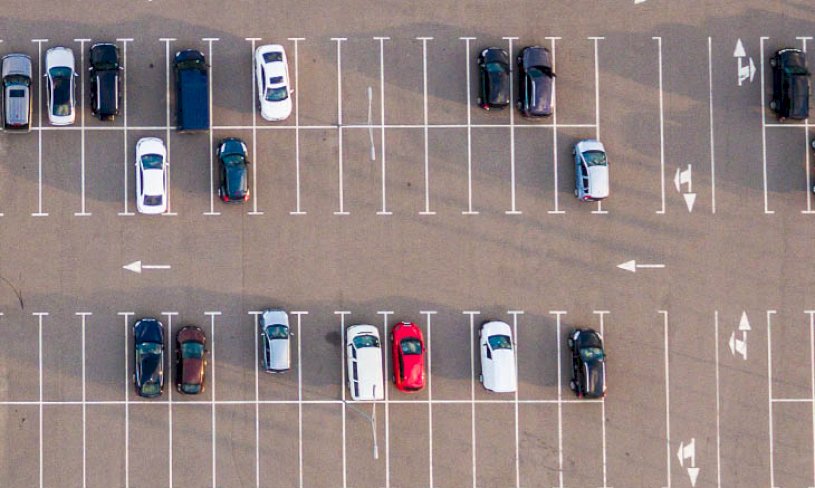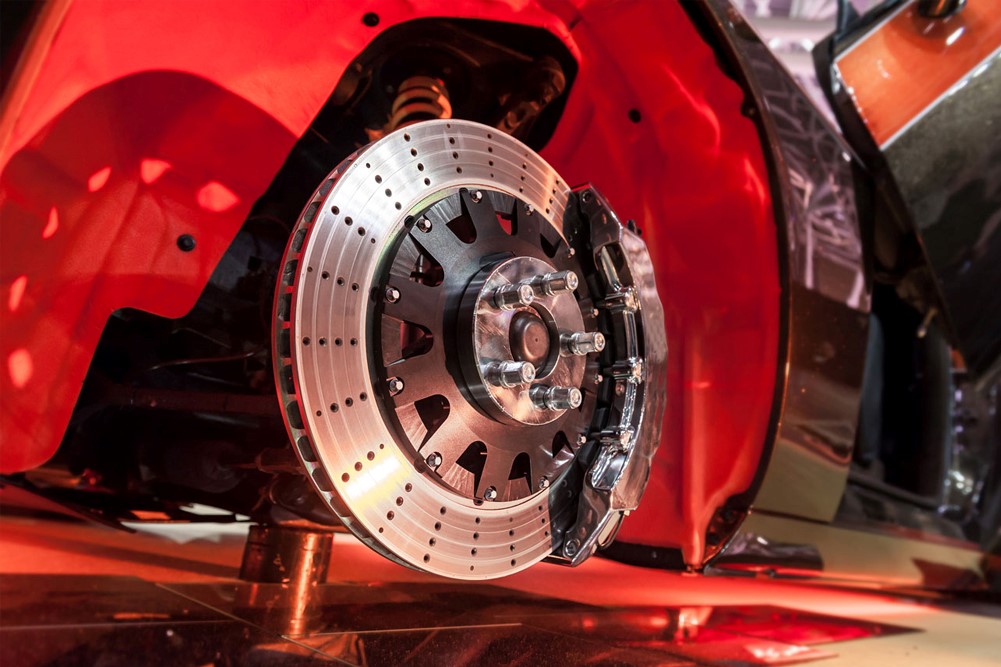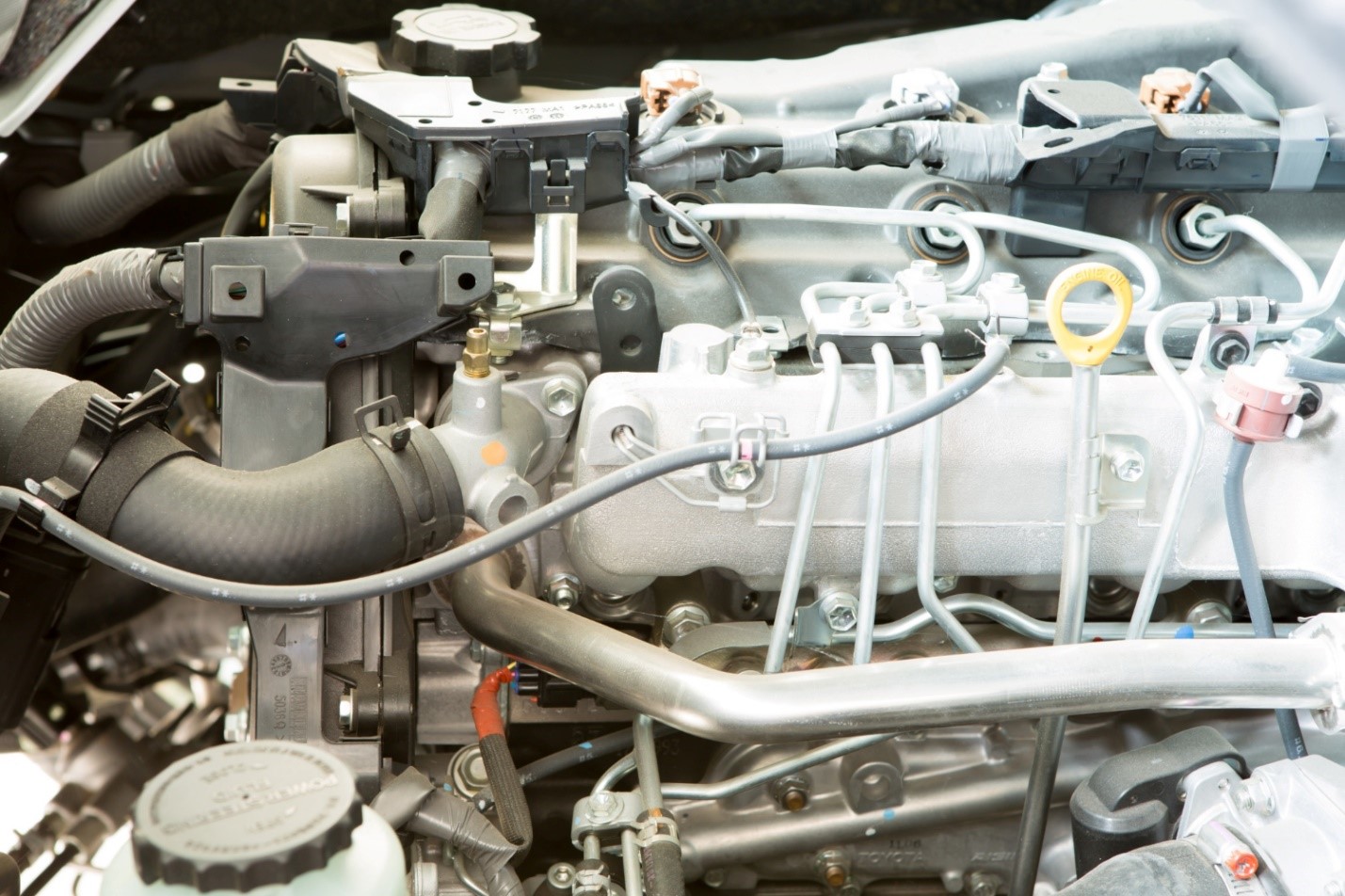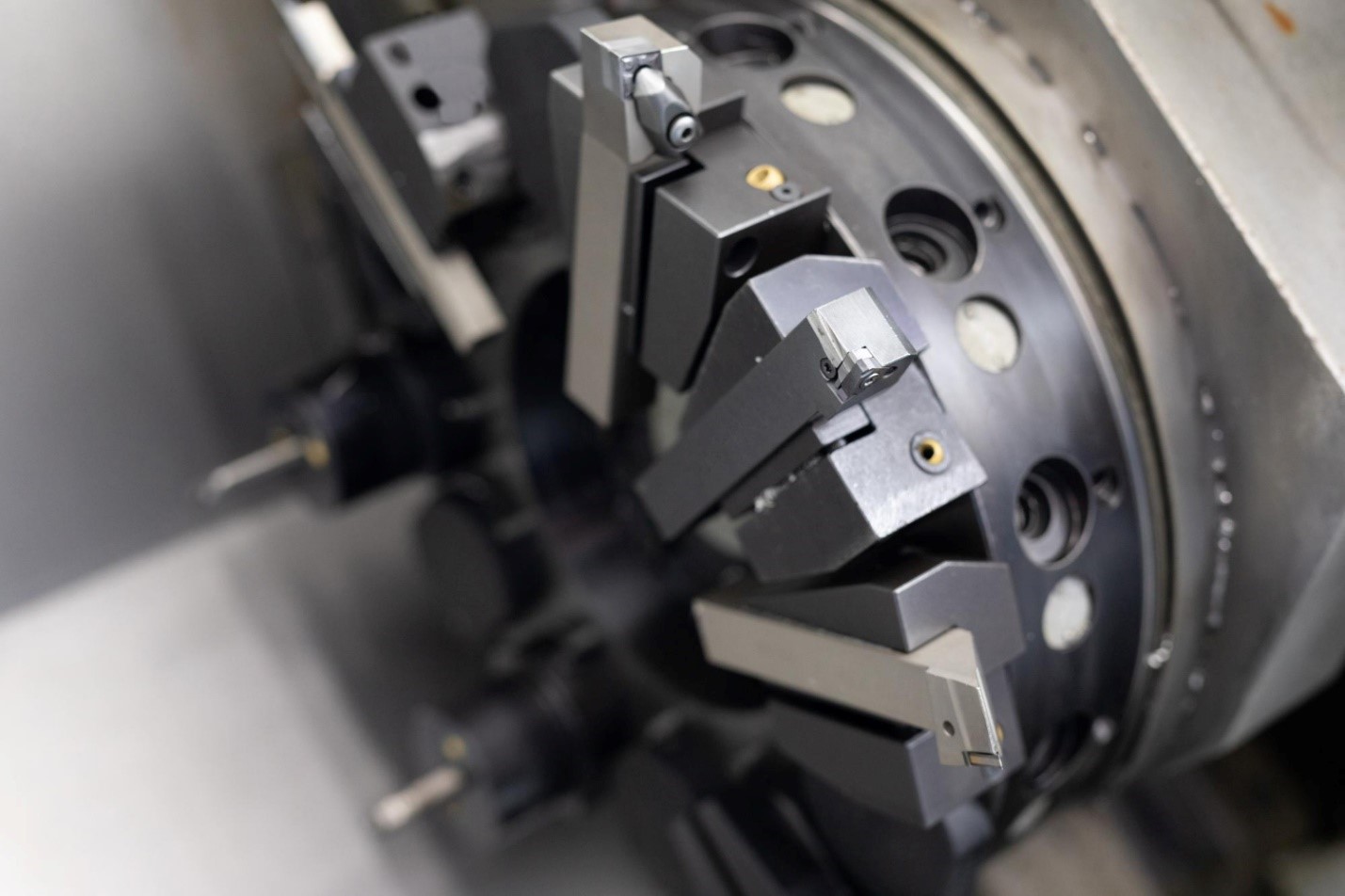If you ever had to look for a parking space in a big city in the middle of a working day, then you know for sure that this is quite a quest. The reward for completing the quest is an annoyance, an inconvenient packing space, plus the need to pay for this pleasure. In this article, we decided to analyze the main problems of parking in urban areas, and offer smart and modern solutions to them.
Top Urban Parking Problems and Their Smart Solutions
Below are the main parking problems most drivers face almost every day.
1. Ineffective Land Use Planning
This is a key issue that leads to some of the problems we will list below, such as insufficient parking spaces, congested traffic and parking in downtown areas, and higher levels of toxic emissions. However, what’s done is done, and even this problem can be solved with a reasonable approach.
✓Solution. Analysis, reasonable re-development, and proper planning in advance.
In order to solve the problem of inefficient planning of land use for parking, it is worth starting with data analysis. Why did a certain idea turn out to be ineffective and what is the main inconvenience for drivers? In some cases, redesigning parking lots may make sense, for example by building additional parking levels. And of course, augmented and virtual reality, 3D modeling, and data analysis technologies should be used in the process of urban planning in order to make reasonable decisions from the very beginning.
2. Parking spaces shortage
This is a logical continuation of the previous problem. Business districts of big cities almost always suffer from a lack of parking spaces, or from a lack of space as such, as, for example, in China. The latter problem is solved with the help of vertical or underground parking lots, while the first is solved only by competent planning and careful analysis of data at the construction stage. It is quite difficult to solve this problem, however, there is one more way to make the life of drivers a little easier.
✓Solution. IoT-powered smart parking
With the help of a parking slot tracking system, the drivers will be able to get instant data about the availability of vacant parking slots, if any. Even if none of the spaces is free within the desired location, the smartest systems may predict the approximate time of freeing the slot up or suggest the nearest parking space.
3. Out-of-town Parking
A large influx of traffic from suburban areas leads to the fact that urban traffic is overloaded significantly, which means that the amount of harmful emissions increases and the number of free parking spaces decreases proportionally.
✓Solution. Predictive analytics
Using the predictive capabilities of artificial intelligence, it becomes possible to predict the influx of traffic from suburban areas on weekdays. This data should be used when planning new parking spaces. Using hybrid or electric vehicles will help reduce emissions as well.
4. Non-Flexible Parking Payments
Paying for parking in the cities that are still on the way to becoming smart may be quite inconvenient. For example, the city authorities oblige the driver to pay for an hour of parking, even if the parking space is occupied for 15 minutes. Or, the driver can pay for parking in cash only, which is even more inconvenient. Plus, some of the cash can go around the city treasury in the absence of proper control.
✓Solution. Pay-as-you-stay feature in-build in a mobile app for drivers.
In smart cities, this feature immediately became part of the IoT-powered parking ecosystem. Modern driver apps allow you to pay for parking with your credit card, mobile wallet, buy “parking passes” and even use cryptocurrency. These are quite reasonable practices to follow.
5. Impatience and Irritability of Drivers Due to the Inconveniences Above
All of the above problems cause only dissatisfaction and irritation, while these emotions are not the best companions of the driver. A solution to this problem is still under development, but the prospects are impressive.
✓Solution. Self-driving cars
Autonomous cars will be able to make intelligent decisions both while driving and when parking. Their use will reduce the number of unreasonable maneuvers (for example, when the driver turns on the turn signal to park, but after a few seconds finds out that all the slots are occupied). Such maneuvers are confusing for other drivers and can lead to collisions, while self-driving cars will be quite predictable and powered by a clear algorithm.
Conclusion
Sensor parking and smart cars have tremendous potential to address major urban traffic problems, reduce emissions, and improve safety. Eco-friendly cars should also become widely adopted instead of being available only for those drivers who are able to buy them. However, let’s not forget about the simplest but still effective method of solving the problem of parking spaces in cities. Use the car only when you really need it, and choose walking or cycling (as well as car sharing, ridesharing, and eco taxi) in all other cases.








Add Comment